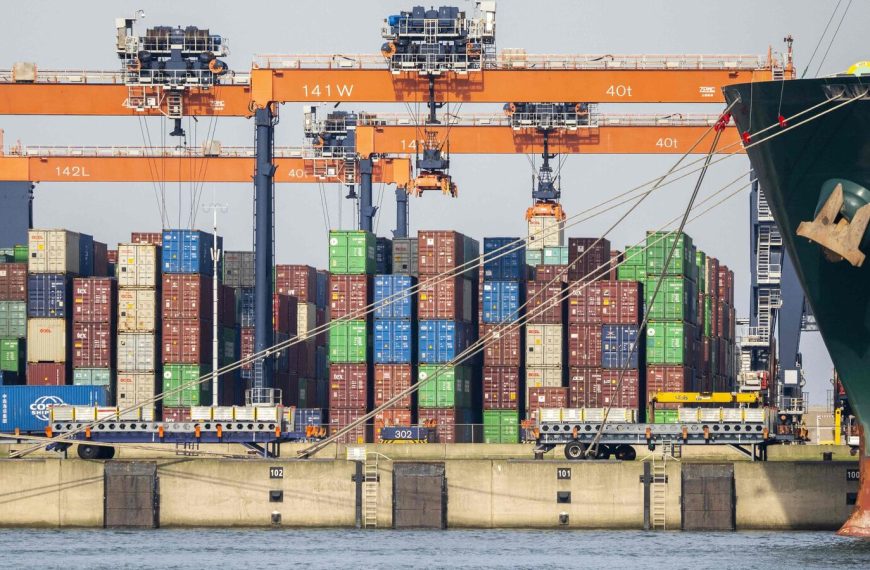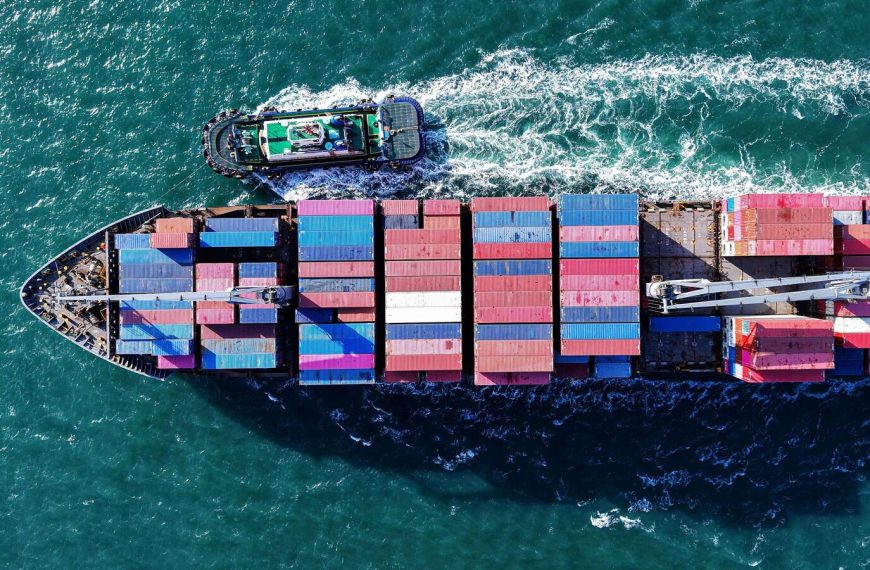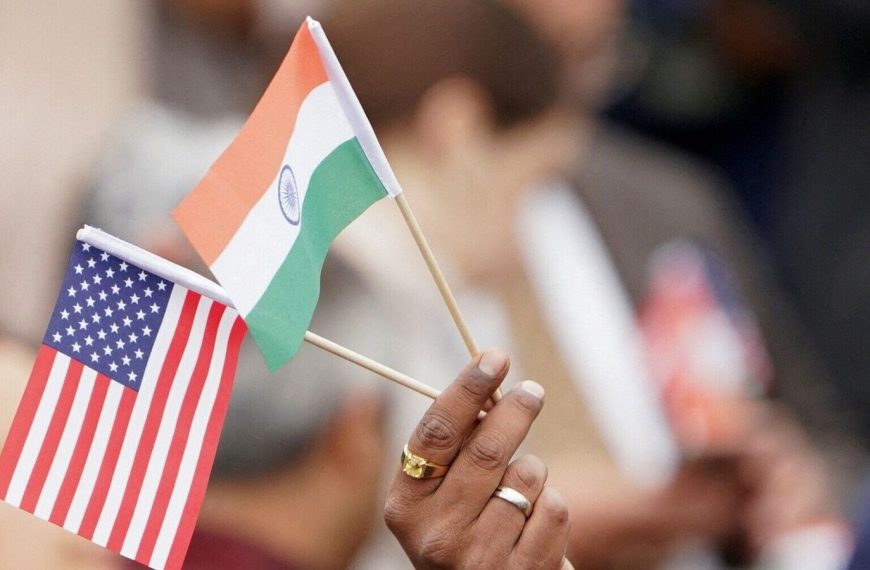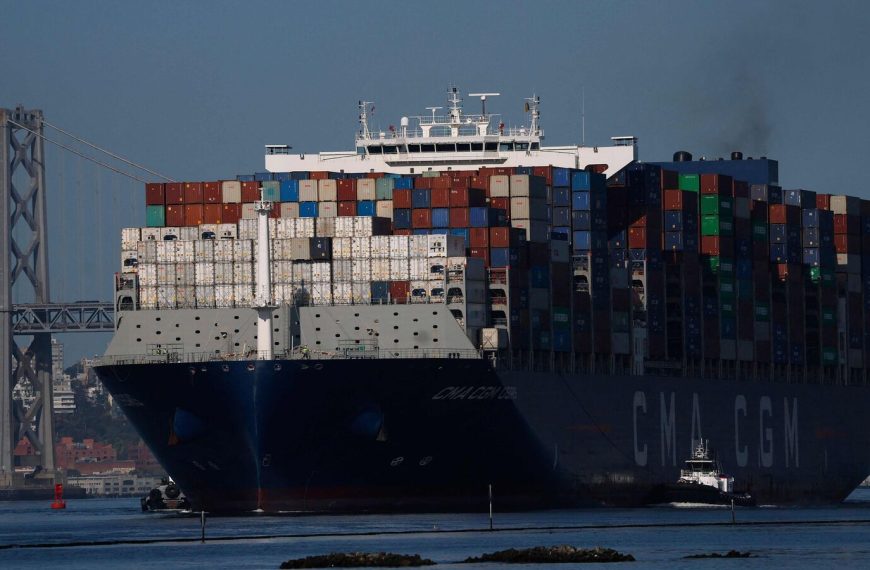US Tariffs: Impact on Indian Exports and the Road Ahead
As the global trade landscape evolves, India stands at a crucial juncture with the potential imposition of reciprocal tariffs by the United States. According to a recent report from SBI Research, these tariffs may trigger a modest 3-3.5% decline in Indian exports to the US. However, experts suggest that India’s proactive strategies in diversifying exports could offset this impact.
Understanding the Export Dynamics
The anticipated drop in exports is based on the assumption that tariffs will be implemented. Yet, the report emphasizes that India’s robust export goals across both manufacturing and services sectors are likely to mitigate the effects of these tariffs. The country is not only enhancing the value of its exports but is also exploring new trade routes that connect Europe and the US via the Middle East.
- Projected decline in exports: 3-3.5%
- Strategies to mitigate impact:
- Diversifying export markets
- Increasing product value
- Exploring alternative routes
Leveraging Tariffs on Aluminium and Steel
India’s trade relationship with the US includes a marginal deficit in aluminium and steel products. With the recent US tariffs, India’s position may improve. Although India accounts for only about 1% of US steel imports, it is among the top aluminium importers, despite a slight decrease in its market share from 3% to 2.8% from 2018 to 2024.
Strategic Trade Agreements
To bolster its manufacturing sector and enhance export capabilities, India is actively pursuing Free Trade Agreements (FTAs) with various nations. In the last five years, India has successfully signed 13 FTAs, including significant agreements with Mauritius, the UAE, and Australia. Current negotiations with the UK, Canada, and the European Union are focused on key areas such as digital trade, services, and sustainable development.
- Potential boost from UK FTA: USD 15 billion by 2030
- Digital trade growth: Experts predict an addition of USD 1 trillion to India’s GDP by 2025.
Adapting to Global Trends
India’s trade strategies are heavily influenced by shifting regional supply chains and geopolitical dynamics. The ongoing US-China trade war has prompted India to rethink its position in global markets. By emphasizing FTAs, digital trade, and export diversification, India aims to navigate uncertainties and strengthen its foothold in the international arena.
Conclusion
In summary, while the potential for reciprocal tariffs poses challenges, India’s strategic initiatives in diversifying exports and engaging in international trade agreements position the nation to not only withstand these pressures but also thrive in an ever-changing global marketplace. With a focus on enhancing its manufacturing base and digital economy, India is set to emerge stronger on the world stage.











